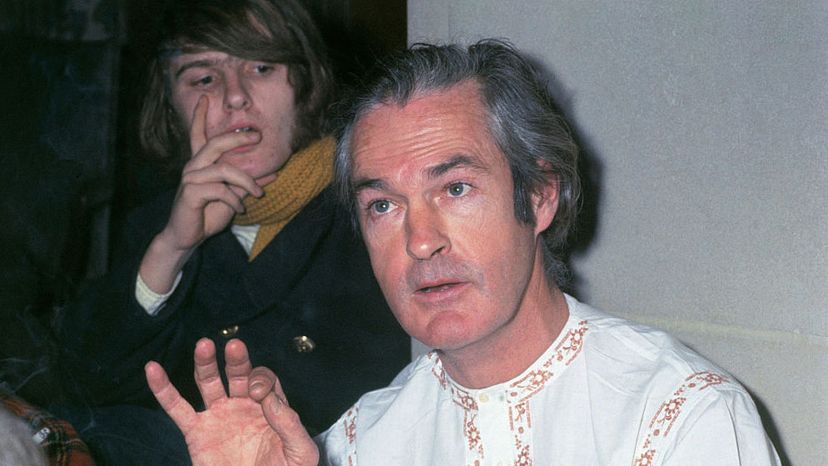LSD History

In 1938, a Swiss chemist Albert Hofmann first synthesized LSD as part of a project for Sandoz, a pharmaceuticals company. Hofmann was working on a research project involving a parasitic fungus called ergot (known as Claviceps purpurea), which grows on rye.
Ergot, it turns out, has a long history in human culture. In the Middle Ages, ergot often infected rye bread...and then poisoned countless people who consumed the tainted loaves. Midwives sometimes gave ergot to pregnant women to trigger and expedite labor. In the 19th century, most physicians deemed the practice too dangerous because high dosages of ergot may lead to strong contractions and endanger the baby.
Advertisement
Ergot's official medical history began in 1917, when Swiss biochemist Albert Stoll (Hofmann's superior) managed to isolate ergot and developed a drug marketed as Gynergen, which was used to halt post-childbirth bleeding. Then, ergot researched was essentially mothballed until the 1930s, when Hoffman, searching for a new project, delved into ergot at Stoll's urging, hoping to find further medicinal for the substance.
While deriving different compounds from lysergic acid, Hofmann developed several medicines, including drugs that lowered blood pressure and improved brain function in the elderly. In 1938, Hofmann derived the 25th in a series of these derivatives. It was lysergic acid diethylamide, or LSD-25. He thought that LSD-25 might stimulate breathing and circulation, but subsequent tests didn't show anything real potential, and Sandoz abandoned further study.
Five years later, Hofmann's thoughts returned to LSD-25, and so he synthesized another batch for further testing. During the process, however, Hofmann began to feel strange. He stopped his work and went home early, "being affected by a remarkable restlessness, combined with a slight dizziness."
While at home, he was in a "dreamlike state" and "perceived an uninterrupted steam of fantastic pictures, extraordinary shapes with intense, kaleidoscopic play of colors" [At the time, Hofmann decided that he must've gotten some of the experimental solution on his finger. (Later it was determined that he must have touched his finger to his mouth, as LSD can't be absorbed through the skin) [source: Hofmann].
The next day, Hofmann did something extraordinary -- he purposely dosed himself with the solution. He took 250 micrograms, 10 times more than today's typical minimum dose. In short order, he became delirious and could barely speak. Initially he panicked and asked his laboratory assistant to call a doctor. The doctor could find nothing wrong with Hofmann other than the fact that his pupils were dilated, his blood pressure, heart rate, and respiration were all normal. Soon his panic gave way to euphoria, and Hofmann once again perceived beautiful shapes and colors. The next day, he told others at Sandoz about what had happened, and they experimented too, achieving similar results. No other drug had been known to have such strong effects in such small doses.
After trials on animals, Sandoz gave LSD to research institutes and doctors for use in psychiatric experiments on both healthy and mentally ill subjects. The research was compelling enough to convince Sandoz to patent LSD and market it as Delysid in 1947, which was sold in 25-microgram tablets for use in analytical psychotherapy. Sandoz also suggested that psychiatrists take the drug themselves, so that they could better understand their patients.
In the 1950s, the U.S. Central Intelligence harnessed LSD's powers in a now-infamous series of secret experiments called Project MKULTRA, which dosed many (often unwitting) people with the drug to explore its potential for interrogation and torture. Those tests didn't come to light until decades later and led to a public relations nightmare for the C.I.A. [source: C.I.A.].
By 1960, there had been hundreds of papers published in scientific and medical journals on the various uses of LSD -- it was the talk of the psychiatric community. And then, by the late '60s Sandoz stopped making it altogether. But LSD's run was hardly over.